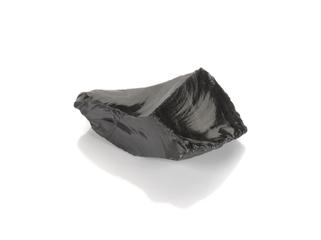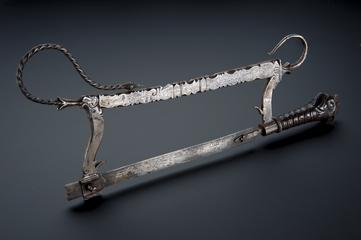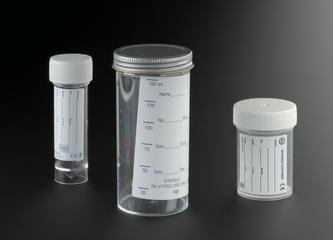
Three copies of Lister's abscess drainage tubes
- Made:
- 1925-1927 in United Kingdom
Three copies of Lister's abscess drainage tubes, invented 1871, made for Lister Centenary exhibition, 1927
British surgeon, Joseph Lister (1827-1912) experimented with ideas about infection, often assisted by his wife, Agnes. Using household items and specially made glassware, he noticed that urine exposed to air decomposes, while urine not exposed to air remains intact. Lister concluded that something in the air, what we know now are germs, caused infection. He trialled cleaning surgical instruments and wounds with pungent, yellow carbolic acid, on his wards at Glasgow Hospital. His tests significantly lowered infection rates, with more patients surviving their surgeries. He named the process antisepsis. Some surgeons started to use Lister’s disinfectant technique, but many questioned his approach.
He introduced rubber drainage tubes to Britain, adapting the 1859 design of French surgeon Edouard Chassaignac. These helped to remove infected fluids and pus from wounds. Shorter and more flexible than their glass counterparts, wounds could be sealed, reducing the risk of further infection. Prior to being used, the tubes were soaked in a solution of carbolic acid. According to Lister’s 1909 article in the journal, Lancet, a surgical case in 1871 inspired him to experiment with drainage tubes.
In 1927, the Wellcome Historical Medical Museum had an exhibition to celebrate 200 years since Lister's birth. It led to many items being collected and borrowed from the hospitals Lister worked at in Glasgow, Edinburgh and London. For items that were no longer available, replicas were made.
Details
- Category:
- Surgery
- Collection:
- Sir Henry Wellcome's Museum Collection
- Object Number:
- A602580
- type:
- drainage tubes
- credit:
- Loan, Wellcome Trust




